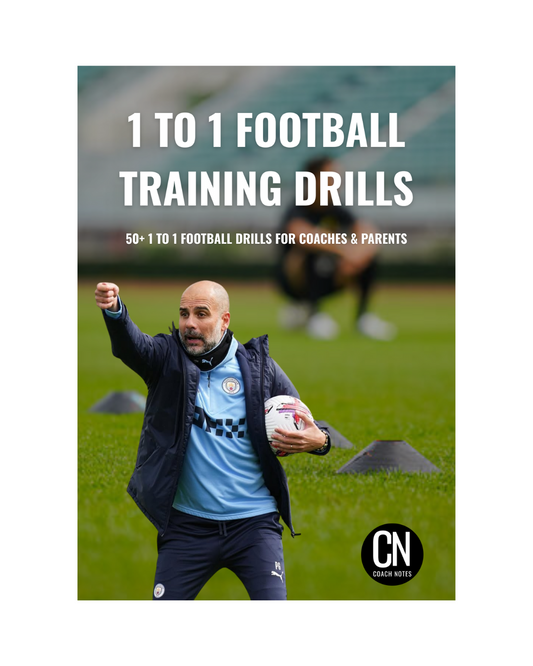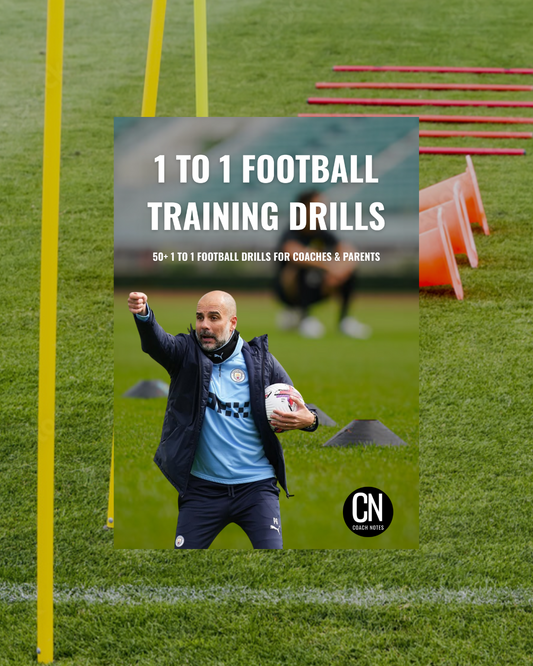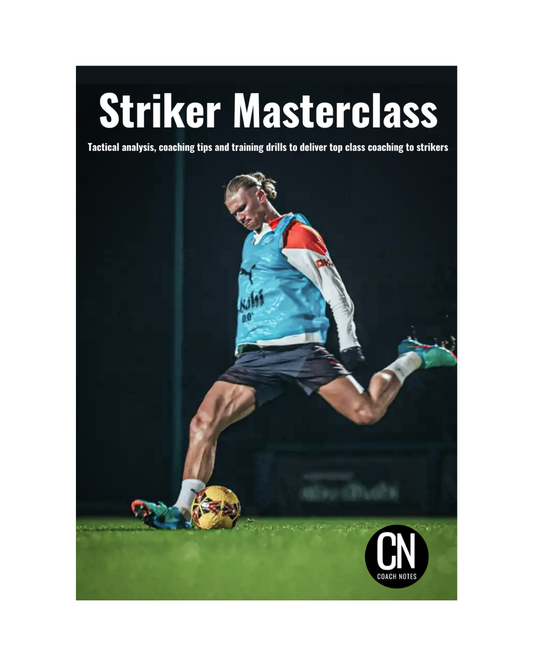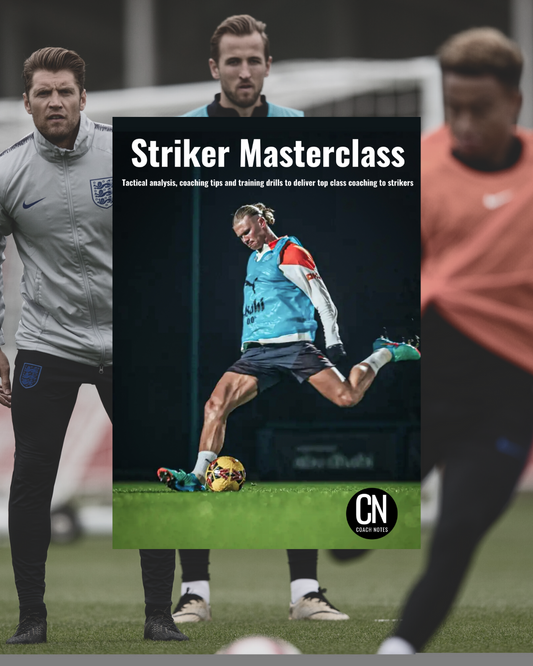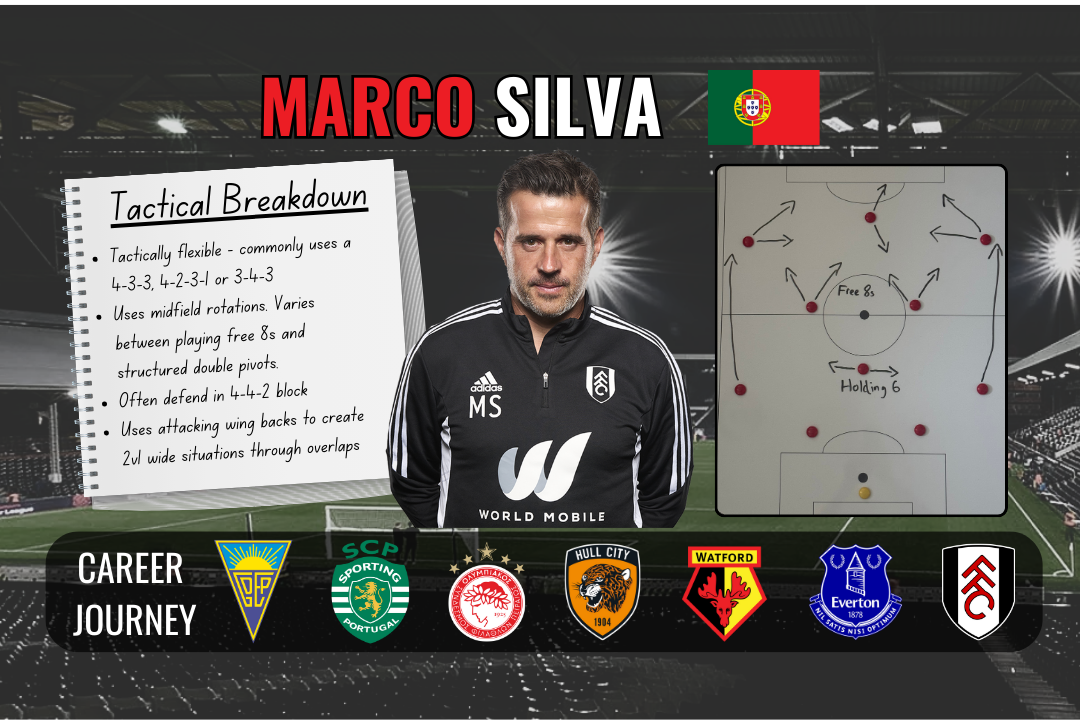
Marco Silva
Share
Marco Silva has carved a notable niche in football management, renowned for revitalising teams with his dynamic tactical approaches and fostering player development. His journey from a professional right-back to a respected manager in European football highlights his dedication and tactical acumen. This blog delves into Silva's background, coaching philosophy, tactical strategies, and the lessons coaches can glean from his methodologies.
Background: Clubs Coached and Trophies Won
Born on July 12, 1977, in Lisbon, Portugal, Marco Silva's playing career as a right-back spanned over a decade, primarily with Portuguese clubs like Belenenses and Estoril. Transitioning into management, Silva's coaching journey includes:
- Estoril Praia (2011–2014): Guided the team to promotion to the Primeira Liga and secured a fifth-place finish, earning Europa League qualification.
- Sporting CP (2014–2015): Won the Taça de Portugal in 2015.
- Olympiacos (2015–2016): Clinched the Super League Greece title in 2016.
- Hull City (2017): Despite relegation, improved the team's performance during his tenure.
- Watford (2017–2018): Achieved a strong start to the Premier League season before departing mid-season.
- Everton (2018–2019): Led the team to an eighth-place finish in the Premier League during the 2018–2019 season.
- Fulham (2021–Present): Secured promotion to the Premier League and has been instrumental in the team's impressive performances in the top flight.
General Coaching Philosophy
Marco Silva’s coaching philosophy is founded on ambition, bravery, and structured expression. He has repeatedly spoken about the importance of his teams playing with courage—whether that means pressing high, building from the back, or maintaining attacking intent even against stronger opposition.
His teams are designed to control the rhythm of the game, both with and without the ball. Possession is not merely a defensive tactic or aesthetic goal—it’s a platform to impose control, manipulate opposition structure, and create chances. Yet, he demands more than just good football; he expects intensity, energy, and a willingness to work for the collective.
Silva also excels at player development, consistently improving individuals within his tactical framework. This is particularly evident at Fulham, where players such as João Palhinha, Antonee Robinson, and Andreas Pereira have reached new heights under his guidance.
His sessions are known to be sharp, realistic, and always built around game-specific principles, with a strong emphasis on team shape, pressing mechanics, and offensive rotations. There’s clarity in his approach, but also a desire to let players express themselves within the system—a hallmark of Silva’s balanced methodology.
In Possession and Offensive Transition: Shapes and Tactical Ideas
Marco Silva typically employs a 4-3-3 or 4-2-3-1 base formation in possession, though what happens on the pitch is far more fluid than the numbers suggest. His offensive structure is defined by coordinated rotations, wide overloads, and vertical support movements.
Key In-Possession Ideas:
- Wide Rotations and Overloads - Fulham, under Silva, are particularly effective at overloading wide zones. The full-back, winger, and nearest midfielder will rotate in and out of positions—sometimes with the winger going central, the midfielder drifting wide, and the full-back pushing high to occupy the flank. This movement draws out defenders, opens space, and breaks defensive lines.
- Underlapping Midfield Runs - Rather than only relying on wide overlaps, Silva often instructs his central midfielders—especially the right-sided #8—to make underlapping runs into the half-space. These direct diagonal movements provide a vertical option, connecting midfield with attack.
- Quick Central Combinations - When possession shifts centrally, Fulham utilise quick third-man combinations to break through compact blocks. The #10 or second striker often plays a pivotal role here, dropping in to receive and lay off under pressure before runners burst through into space.
- Sharp Offensive Transitions - On the counter, Silva’s teams react with verticality and width. Wingers stay high and wide, and the nearest central player drives forward immediately. His sides don’t rely on long balls, but rather look to play 2–3 decisive passes to exploit the disorganised opposition.
Out of Possession and Defensive Transition: Shapes and Tactics
Defensively, Silva strikes a careful balance between aggressive pressing and positional security. His teams don’t press for the sake of it—they press with intent, using specific triggers, clear roles, and compact support behind the ball.
Out of Possession:
- Structured Mid-to-High Block - While Fulham can press high, they more often operate in a mid-to-high block, shifting compactly to deny central space. The front three screen passes into midfield, while the double pivot and full-backs stay alert to second balls and switches.
- Zonal Compactness - Instead of man-marking across the pitch, Silva’s sides defend zonally. This allows the team to shift laterally with cohesion, closing off passing lanes and forcing the opponent into wider, less threatening areas.
- Pressing Triggers - Silva’s pressing schemes are intelligent. Triggers often include:
- A back pass under pressure
- A poor touch by a centre-back or full-back
- A slow switch of play Once triggered, the nearest winger and striker press in tandem, supported by ball-near midfielders.
Defensive Transition:
- Immediate Pressure and Cover Balance - Upon losing the ball, the closest 2–3 players immediately press the ball carrier, aiming to disrupt counter-attacks. Meanwhile, the rest of the team drops into a compact shape. The balance of pressing aggression and positional recovery is drilled to avoid open transitions.
- Full-Back Recovery Runs - Silva trains his full-backs to quickly recover into shape during transitions. When they join the attack, a midfielder often drops into the defensive line to prevent vulnerability on the break.
What Coaches Can Learn from Marco Silva
Marco Silva offers a rich tactical model for modern coaches seeking to combine fluid attacking play with structured defending. His ability to evolve a mid-tier squad into a cohesive, entertaining, and competitive unit is evidence of his meticulous planning and adaptable style.
Key Lessons:
Train Rotational Understanding
Teach players not only their own role but also how to rotate fluidly with teammates. This builds positional awareness and creates unpredictability in attack.
Coach’s Tip: Use pattern drills that involve wide rotations—e.g., winger in, full-back up, midfielder covering. Progress to live play with triggers for rotations.
Encourage Intelligent Pressing, Not Just High Pressing
Silva’s sides don’t always press from the front—they press when it’s the right moment.
Coach’s Tip: Develop pressing condition games with set triggers. Reward successful recognition of pressing cues, not just outcomes.
Build an Effective Midfield Engine
His teams rely on versatile midfielders who can pass, press, and protect. Players like Sasa Lukic embody this—breaking play, linking lines, and covering wide zones.
Coach’s Tip: Include midfield decision-making scenarios in training: transition switches, underlapping runs, and recovery positioning.
Blend Possession with Purpose
Possession is used to draw the opponent out, create overloads, and then accelerate. Silva does not train sterile control; every pass has a direction and reason.
Coach’s Tip: Use “possession to progress” exercises—conditioned games where maintaining possession only counts if it breaks a line or finds a specific target zone.
Final Thoughts
Marco Silva is much more than a manager of tidy possession sides—he’s a modern tactician who understands the interplay between structure and spontaneity, control and chaos. His success at Fulham is proof that with clarity, detail, and courage, even a modest squad can be transformed into one of the most tactically flexible and enjoyable teams in the Premier League.
Whether you’re coaching grassroots, academy, or semi-pro football, Silva’s work offers a blueprint that blends tactical discipline with attacking flair—ideal for the modern game.




